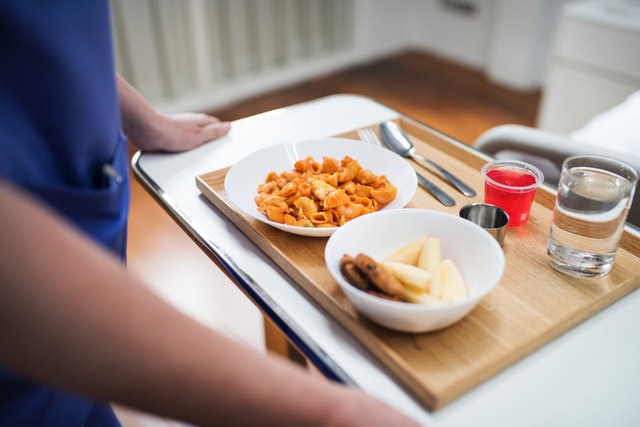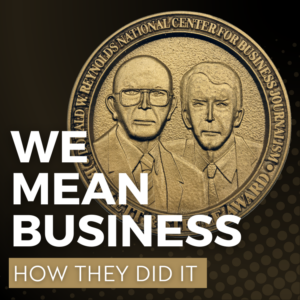A third grader in California recently made headlines for paying off his fellow classmates’ lunch debt of almost $76 with his allowance. While on the surface, this story may seen as touching—perhaps espousing charitable human goodwill—detractors insist that this highlights the widespread problem of income inequality in the U.S.
How many students have school lunch debt?
Cumulative national data on school lunch debt is not available. However, CNN reported that 75 percent of school districts had lunch debt in the 2016-2017 school year. The average median lunch debt rose $500 more—or from $2,000 to $2,500—according to a survey of 1,500 school districts by the School Nutrition Association. In addition, 40 percent of school districts reported a rise in students without adequate funds for school lunches.
It may be easier to instead find data by state or by school district. For example, K-12 students in D.C. school districts owed a total of nearly $500,000 by December 2018, according to New Food Economy.
Awareness and Advocacy
Look into which states have school lunch debt, or have free or reduced meal programs, such as with California’s School Nutrition Programs (SNP).
Also research how certain groups or individuals responded to lunch debt. For example, yogurt company Chobani drew national attention for paying off an Idaho school district’s lunch debt. Advocacy groups such as School Lunch Fairy allow people to donate a certain amount to a school district of their choice. There is also the ever-popular method of the donation site GoFundMe. School districts also can be contacted for ideas and permission to raise funds.
Currently, some politicians are raising awareness and attempting to end school lunch debt. Sen. Bernie Sanders (D-VT) proposed “year-round, free universal school meals,” as part of his campaign platform. States such as California, New Mexico, and New York do not charge for meals at all, some installing free lunch programs, according to New York City’s mayor, Bill de Blasio. (Both Sanders and Blasio are also current 2020 Democratic presidential candidates.)
Lunch debt shaming
If the student cannot pay, schools total up the debt and send a bill to the student’s parents/guardians at the end of the school year.
Sometimes, schools also implement forms of punishment, such as having students work off debt by cleaning the cafeteria in front of their peers, stamping students a “I Need Lunch Money” label, or withholding full meals altogether until the debt is paid.
Criticisms range from dehumanization of the lower/middle-income class, lowering of self-esteem by public humiliation, and failing to provide basic human needs. Rep. Ilhan Omar (D-Minn.) is an outspoken critic, and is currently attempting to pass legislation to end the practice. This bill will prohibit public identification of students, as well as have the federal government to reimburse meals for 90 days and ban schools from using debt collectors for school lunch debt, according to The Hill.
Questions to ask
Is school lunch debt implemented in your area or school district? Are there free breakfast/lunch programs provided? Are they all government, or are there private enterprises? Meanwhile, are there community events or local businesses that offer free meals to low-income families?
Although cafeteria food is not often praised, some are considered downright inedible. Who is providing your school district’s food? (You may also look into the labor portion: cafeteria staff, deliverers, etc.) Also consider students with dietary needs or certain specifications, such as religious exemptions and food allergies.
For a quick overlook to the USDA of Food and Nutrition section on school meals.











